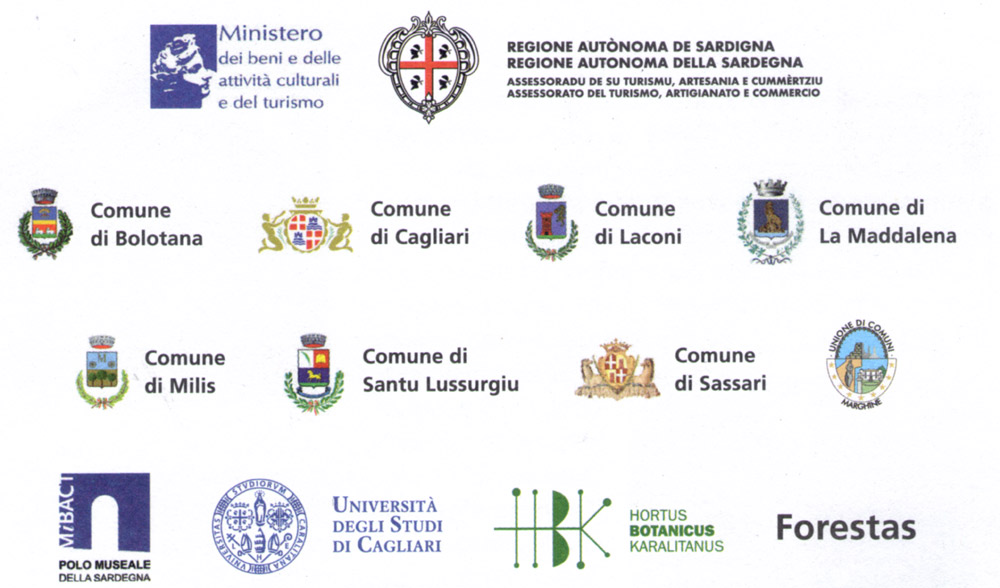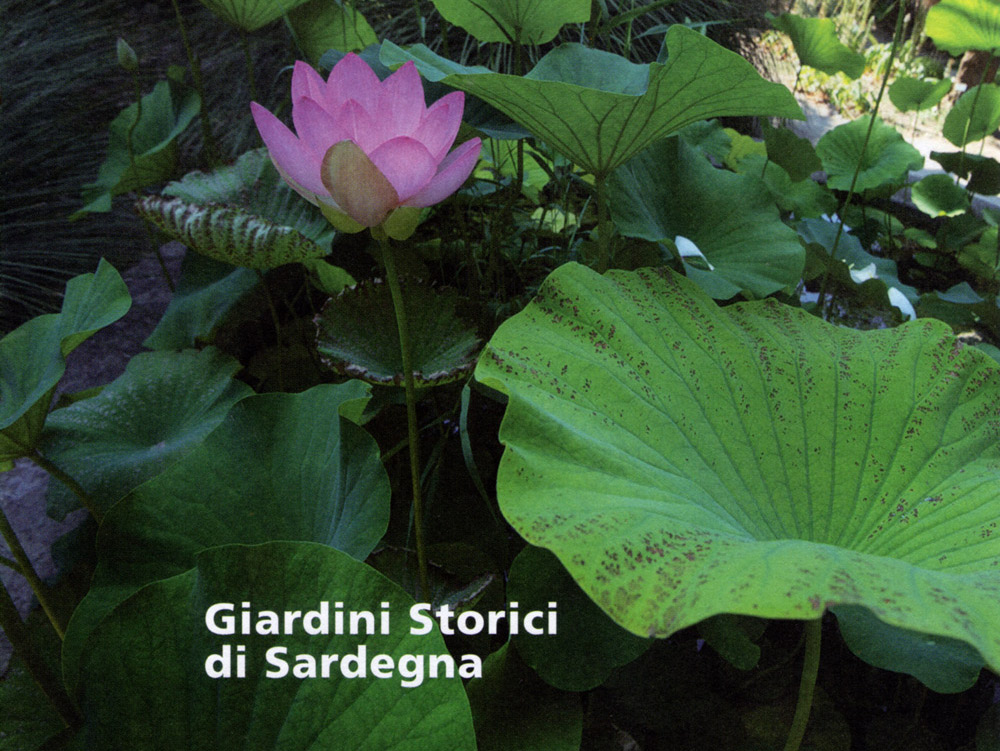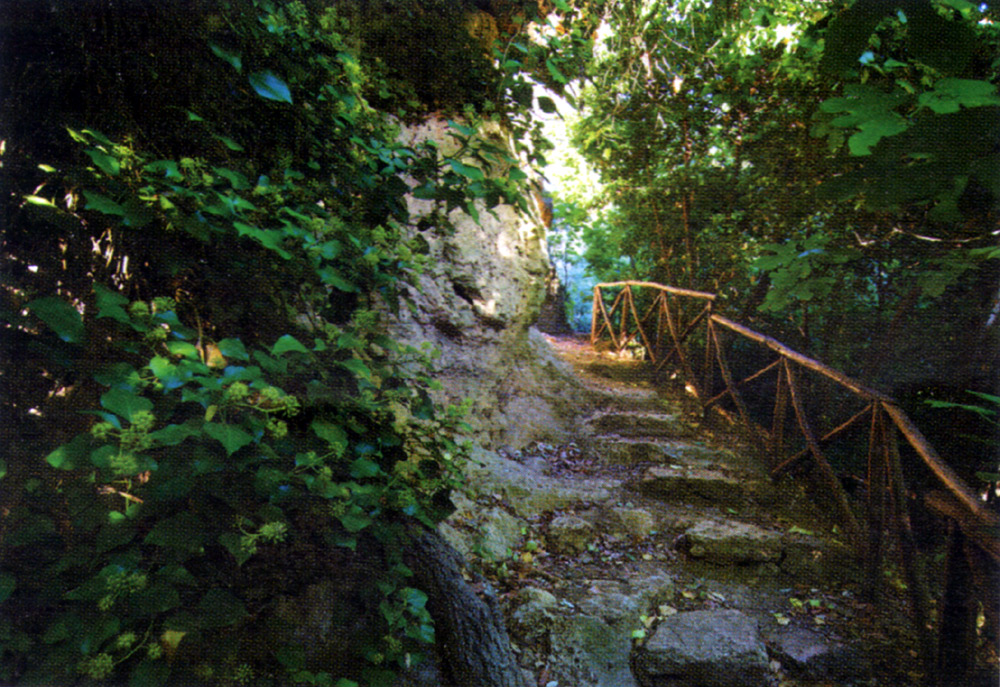PARCO DI MONSERRATO A SASSARI
- Categoria principale: AMBIENTE
- Categoria: GIARDINI STORICI
- Scritto da Super User
- Visite: 3748

PARCO DI MONSERRATO A SASSARI
Il parco di circa 6 ettari è circondato dai paesaggi delTolivo di antica tradizione catalana. I dislivelli e la conformazione del terreno sono stati plasmati per restituire scenografie prospettiche e punti di vista con chiusure e squarci improvvisi.
Il parco originariamente apparteneva ai Navarro, ricchi commercianti di Valencia, che lo vendettero alla metà del XVII secolo al padre del primo sindaco
di Sassari Giacomo Deliperi. Il disegno attuale, la villa in stile neoclassico e il sistema idraulico che alimenta il Tempietto delle acque, il Ninfeo verso la conca degli agrumi, si deve a Giovanni Antonio Sanna, imprenditore, deputato del Regno di Sardegna e del neonato Regno d'Italia, e raffinato collezionista d'arte e archeologia. Percorrendo la deviazione del viale di accesso, il visitatore passa dall'ombra dell'oliveto alla luce della conca, giungendo sulla terrazza del Tempietto delle acque, da dove si aprono alTimprovviso le splendide prospettive verso la vallata e il Ninfeo. Dalla vallata, seguendo il percorso del sole, si giunge al viale dei tigli verso la casa realizzata da Giovanni Antonio Sanna, e da lì si può ammirare il tramonto dal suggestivo belvedere al termine del viale dei cipressi.
Il Parco è delimitato dalla chiesetta campestre della Madonna di Monserrato, patrona del gremio dei Sarti, e dal lato opposto dalla Torre di caccia in stile neogotico, fatta costruire dal proprietario successivo, il barone Giuseppe Giordano Apostoli.
Monserrato Park in Sassari
The park extends over an area of about 6 hectares and is surrounded by olive landscapes of ancient Catalan tradition. The differences in levels and thè conformation of thè land have been sculpted to restore landscaped views and other closed and suddenly open perspectives.
The park originally belonged to thè Navarro family, rich merchants of Valencia. In thè mid-17th century they sold it to thè father of thè first mayor of Sassari, Giacomo Deliperi. The current design, thè neo- classic style villa and thè hydraulic system which supplies water to thè "Tempietto delle acque" and thè Nymphaeum near thè citrus fruit hollow, is thè work of Giovanni Antonio Sanna, entrepreneur, MP of thè Kingdom of Sardinia and of thè newborn Kingdom of Italy, and refined collector of works of art and archaeology. Moving along thè diversion of thè entrance path, thè visitor passes from thè shade of thè olive grove to thè light of thè hollow, before reaching thè terrace of thè "Tempietto delle acque", from where splendid views open up of thè valley and thè Nymphaeum. Following thè movement of thè sun, from thè valley one comes to thè avenue of lime trees near thè house built by Giovanni Antonio Sanna, and from there one can admire thè sunset from thè suggestive belvedere at thè end of thè avenue of cypresses.
The park is delimited by thè small country church of thè Madonna di Monserrato, patron of thè "gremio dei Sarti", and on thè other side, by thè hunting Tower in neo-gothic style, which thè subsequent owner, Baron Giuseppe Giordano Apostoli had built.
 ISOLA GIARDINO DI GIUSEPPE GARIBALDI A CAPRERA (LA MADDALENA)
ISOLA GIARDINO DI GIUSEPPE GARIBALDI A CAPRERA (LA MADDALENA)
 GIARDINO ALL’ITALIANA DI IGNAZIO AYMERICH
GIARDINO ALL’ITALIANA DI IGNAZIO AYMERICH